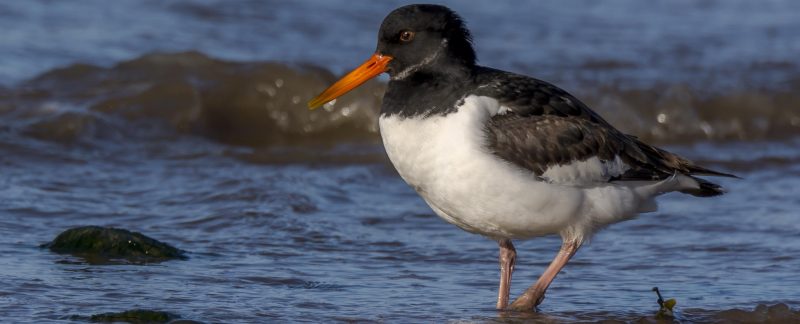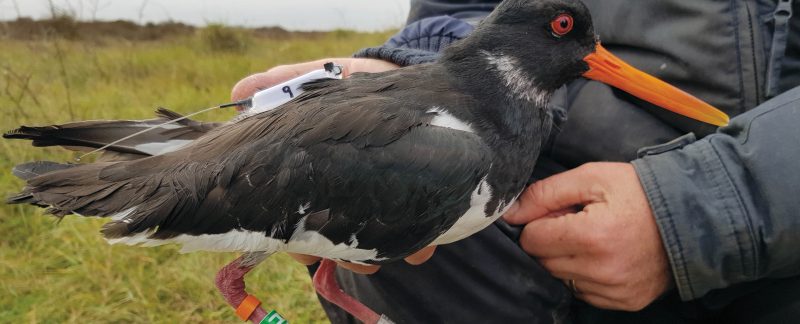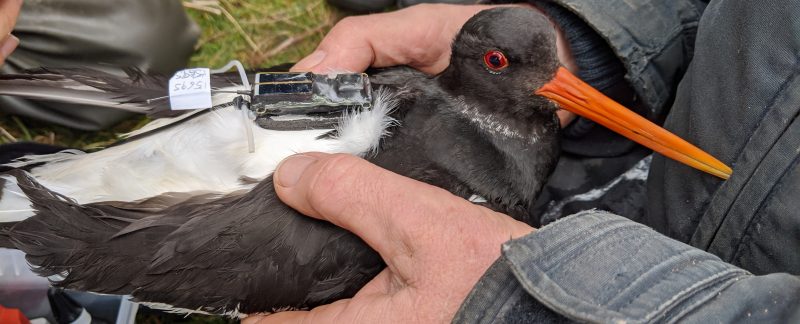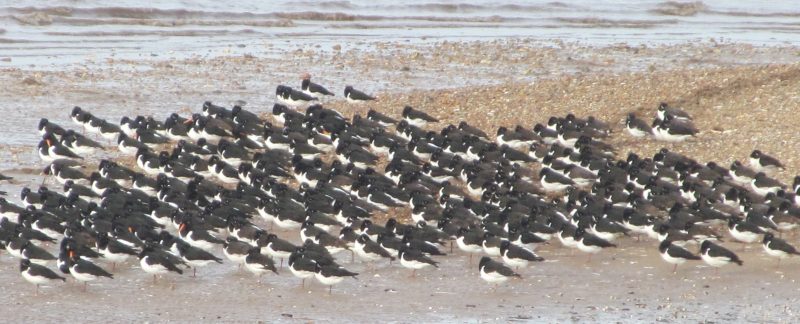Back in the winter of 1992/93 Wash Group members noticed far more Oystercatchers than usual were feeding inland – on grass verges, in the middle of roundabouts and on the lawn at Sandringham. The Oystercatchers we caught had stopped moulting part way through, presumably to preserve energy and we found many hundreds of corpses on the shore. This led to an investigation of what had happened and, of course, the answer was complicated – but WWRG data helped to unravel the mystery. The Oystercatchers had encountered a ‘perfect storm’ of unusually cold weather combined with low stocks of both Mussels and Cockles – the preferred food of many of them – and a popular human food as well. Work with BTO, Eastern Inshore Fisheries & Conservation Authority (EIFCA, then the Eastern Sea Fisheries Joint Committee), the Centre for Environment, Fisheries and Aquaculture Science (Cefas) and Richard Stillman at the Centre for Ecology and Hydrology (CEH), showed the importance of balancing numbers of shellfish taken by the fishermen and the birds to ensure that there were sufficient for both as well as maintaining a breeding stock of shellfish, so that the supply continues. Understanding these balances, what might change them and how to react to changes (Adaptive Harvest Management) is a vital part of managing fisheries.
Continue Reading →



